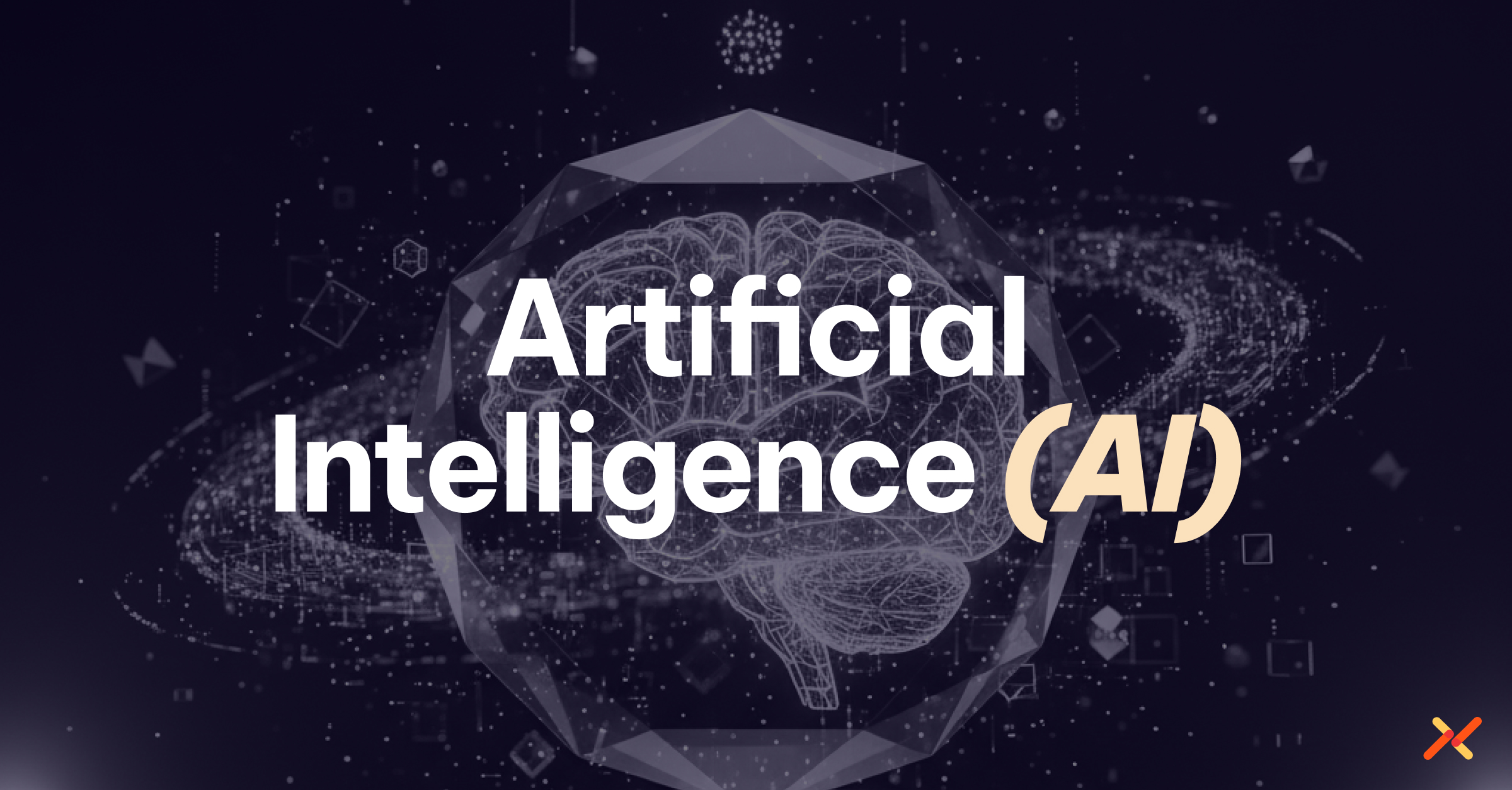Artificial Intelligence (AI) refers to computer systems that perform tasks typically requiring human cognition, such as reasoning, learning, perception, and decision-making. In enterprise contexts, AI spans from predictive analytics and language models to fully autonomous agents capable of executing multi-step workflows across software environments.
How It Manifests Technically
AI systems range from simple inference models to complex, agentic architectures. In practice:
- Machine learning models analyze data and generate predictions or outputs.
- Large Language Models (LLMs) use neural networks trained on vast datasets to generate human-like responses or code.
- AI agents built atop these models use tool use (via APIs or protocols like the Model Context Protocol, MCP) to act in the real world.
- These systems run as non-human workloads, processes that must authenticate to APIs, databases, and SaaS services to perform their tasks securely.
- Integration with enterprise systems typically requires identity federation, attestation, and access control to ensure the AI component acts within policy-defined boundaries.
Why This Matters for Modern Enterprises
AI has shifted from experimental models to operational workloads. It now drives business logic, customer experiences, and automated decisions. For enterprises, this evolution means:
- Faster insights, reduced human overhead, and real-time adaptability.
- New security and compliance demands, as AI systems can directly access sensitive data or trigger operational actions.
- A need for identity-centric governance, ensuring every AI system, model, or agent has a verifiable, accountable identity tied to its actions.
Common Challenges with AI
- Non-human identity management: AI systems require their own identities to authenticate and authorize securely, but traditional IAM frameworks are built for people.
- Opaque decision pipelines: Enterprises struggle to interpret how models make decisions, complicating oversight and compliance.
- Data exposure risk: AI systems often access sensitive or proprietary datasets, raising governance and regulatory concerns.
- Credential sprawl: Hardcoded API keys or static tokens embedded in AI integrations can be exploited if leaked.
- Cross-system security boundaries: AI workloads frequently span clouds and SaaS, challenging consistent access control enforcement.
How Aembit Helps
Aembit applies its Workload Identity and Access Management (Workload IAM) approach to AI systems, ensuring that every model, service, and agent operates under a verified, policy-controlled identity.
- It authenticates AI workloads via attestation and trusted runtime validation before allowing any data or tool access.
- It replaces static API keys with short-lived, scoped credentials or enables secretless authentication to APIs and SaaS systems.
- Policies define what an AI agent or workload can access, under what posture and context, enforcing Zero Trust for machine actors.
- All access events, including those initiated by AI systems, are logged for full auditability and compliance.
- This transforms AI from an opaque, high-risk automation layer into a governed, traceable component of enterprise infrastructure.
In short: Aembit brings verifiable identity, access control, and auditability to AI workloads, enabling secure adoption of autonomous and agentic systems at scale.
Related Reading
FAQ
You Have Questions?
We Have Answers.
How does AI differ from machine learning and deep learning?
AI is the broad field of enabling machines to perform tasks that typically require human cognition, reasoning, decision-making, perception. Machine learning (ML) is a subset of AI that focuses on systems learning from data without being explicitly programmed. Deep learning is a further subset of ML that uses neural networks with many layers to handle highly complex patterns.
Will AI replace human jobs entirely?
No, while AI automates many tasks, especially repetitive or data-intensive ones, the consensus is that AI will augment human roles rather than fully replace them in most cases. Humans remain critical for oversight, ethical judgement, complex creativity, and tasks requiring context or empathy.
How does an enterprise determine whether it needs AI?
Organizations should evaluate whether they face problems where patterns, decisions or workflows scale beyond human capacity and whether they have (or can obtain) the data, infrastructure and governance to deploy AI successfully. Simply applying AI because it’s “trendy” often leads to poor ROI or mis-aligned implementations.
What ethical or regulatory concerns should enterprises address when deploying AI systems?
Key concerns include: ensuring transparency (how decisions are made by AI), mitigating bias in training data and outputs, ensuring data privacy and security, and navigating emerging regulations (for example, the Artificial Intelligence Act in the EU) that govern high-risk AI systems.

